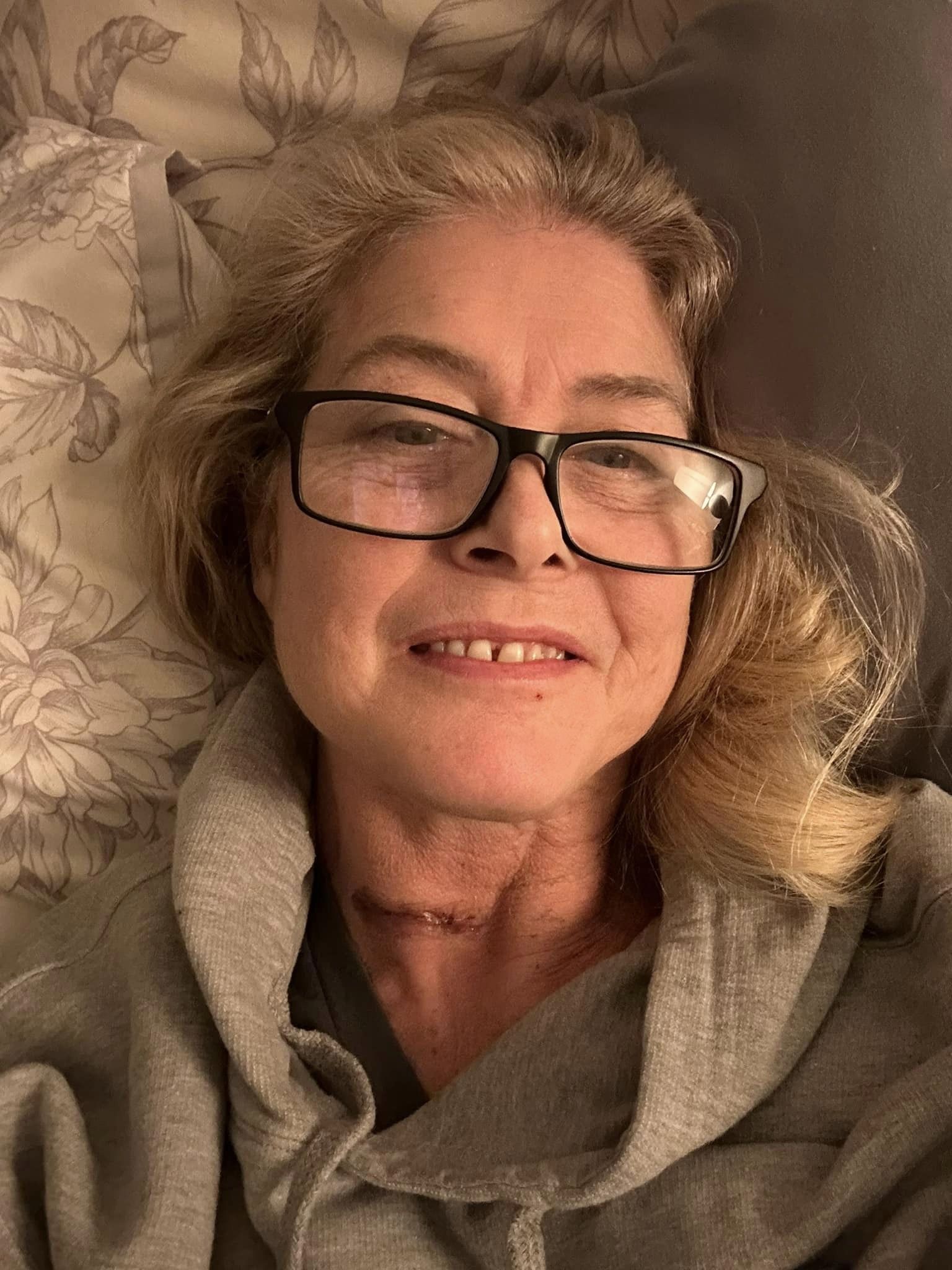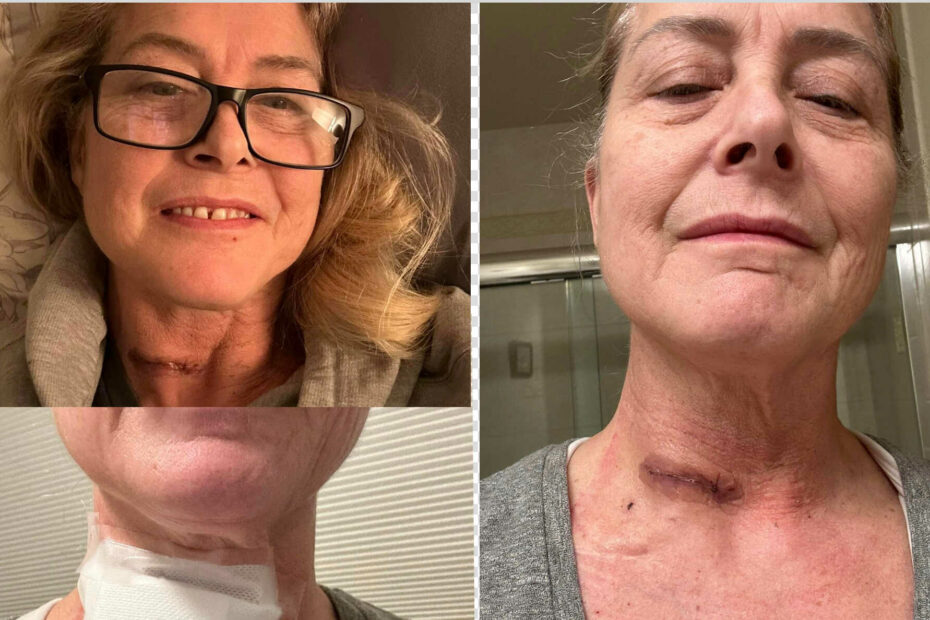Sue Aikens is a reality television personality known for her appearance on the show “Life Below Zero.” The show follows individuals who live in remote areas of Alaska and showcases their struggles and challenges living in such harsh conditions. Sue Aikens is featured prominently on the show due to her unique lifestyle living alone in the Kavik River Camp, which is located 197 miles north of the Arctic Circle. She is known for her resilience, resourcefulness, and determination to survive in the extreme conditions of the Alaskan wilderness.
What happened to Sue Aikens? Neck Surgery
On January 31st, Sue Aikens took to Facebook to share some personal news with her followers. She revealed that she was preparing for surgery to address long-standing issues with her neck and cervical spine. The procedure involved fusing multiple vertebrae, along with discectomies and laminectomies.

On February 8th, she underwent the surgery as planned, and later on the 22nd, she received injections to address issues in her lower back and sacral region. Although her thoracic concerns had to be postponed for now, Sue remained optimistic and expressed her eagerness to embark on this new chapter of healing.
She assured her fans that despite the challenges ahead, Kavik River Camp would soon be ready for visitors by March, as she focused on recovering with care.
Grateful for the support she received, Sue thanked her followers, acknowledging the thoughtful gestures from Max’s painting to the flowers sent by Nat Geo. With a blend of determination and humor, she embraced the journey ahead, invoking the spirit of “Go go Gadget healing!”
Successful surgery and current health update
Two weeks post-surgery, Sue Aikens took to social media to provide her followers with an update on her recovery journey. With a blend of candor and humor, she shared,
“Ok… update time. I see the Doc today for my cervical fusion check up. But I wanted to show how good it is healing!”
Sue’s resilience shone through as she expressed pride in the progress of her healing, despite the inevitable addition of a new scar to her collection.
In a surprising turn of events, she revealed that a previous bear bite, which had haunted her for years, had become infected and erupted. However, she viewed this unexpected development optimistically, suggesting that perhaps this longstanding issue had finally found resolution. With a thoughtful warning for sensitive viewers, Sue shared images of her scar post-cleaning, emphasizing her intention to provide an honest update on her journey.

Despite the slow pace of recovery, she celebrated her progress, declaring, “even if slowly, go me!” Promising to share more details after her appointment with the doctor that afternoon, Sue’s update resonated with her audience, showcasing her trademark resilience and determination in the face of adversity.
Disc degeneration is a common condition that occurs when the discs in the spine lose their flexibility, elasticity, and shock-absorbing properties over time. These discs are soft, gel-like cushions located between the vertebrae, providing support and allowing for movement in the spine. As they degenerate, they can lead to various symptoms and complications.
Symptoms of disc degeneration may include:
1. Back pain:
- Degenerated discs can cause chronic or intermittent back pain, which may worsen with movement or certain activities.
2. Neck pain:
- In cases of cervical disc degeneration, individuals may experience neck pain that radiates to the shoulders and arms.
3. Reduced flexibility:
- Stiffness and decreased range of motion in the spine can occur as the discs degenerate.
4. Nerve compression:
- As the discs shrink or bulge, they may compress nearby nerves, leading to symptoms such as numbness, tingling, or weakness in the arms or legs.
5. Degenerative disc disease:
- Severe disc degeneration can lead to a condition called degenerative disc disease, characterized by chronic pain and inflammation in the affected area.
Treatment options for disc degeneration depend on the severity of symptoms and may include:
1. Pain management:
- Over-the-counter or prescription medications may help alleviate pain and inflammation associated with disc degeneration. These may include nonsteroidal anti-inflammatory drugs (NSAIDs), muscle relaxants, or analgesics.
2. Physical therapy:
- Specific exercises and stretches can help improve flexibility, strengthen the muscles supporting the spine, and relieve pressure on the affected discs.
3. Heat or cold therapy:
- Applying heat or cold packs to the affected area can help reduce pain and inflammation.
4. Spinal injections:
- In cases of severe pain or nerve compression, corticosteroid injections may be administered directly into the affected area to reduce inflammation and provide pain relief.
5. Surgery:
- Surgical intervention may be considered in cases where conservative treatments fail to provide relief or in severe cases of disc degeneration. Procedures such as discectomy, spinal fusion, or artificial disc replacement may be performed to alleviate symptoms and stabilize the spine.
